
The capybara, the world’s largest rodent, has captured the internet’s heart with its chill attitude and surprising friendships with all kinds of animals. But there’s more to these lovable creatures than their laid-back nature! From their secret superpowers to the unexpected ways they thrive in the wild, these eight fascinating facts will make you appreciate capybaras even more.
1. The World’s Largest Rodent
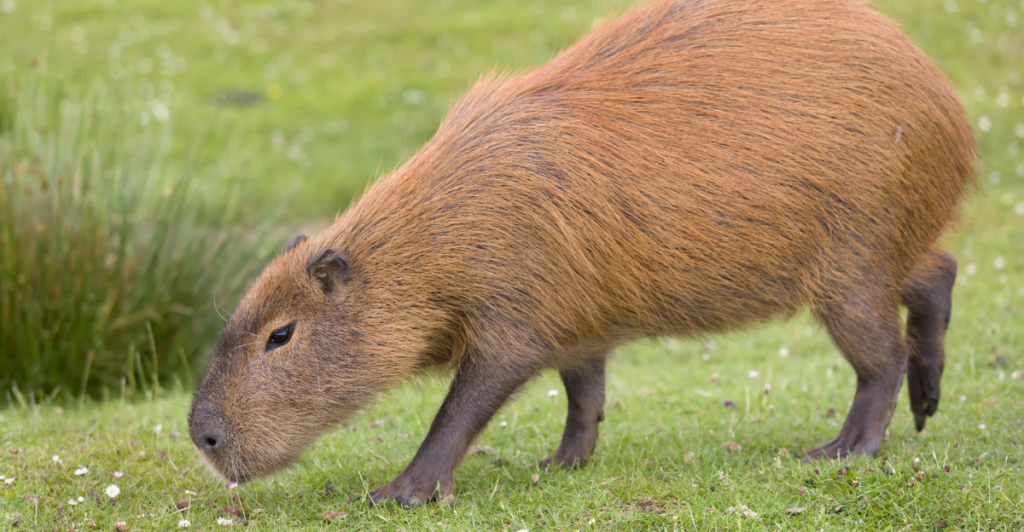
Meet the capybara—the heavyweight champion of the rodent world! These large, tailless creatures can weigh nearly 60 kg (130 lbs) and stand about 60 cm (2 ft) tall. Despite their size, they are closely related to guinea pigs. Capybaras are typically found near water and thrive in environments like marshes, grasslands, and forests, where they can stay cool and safe.
2. Social Butterflies of the Animal Kingdom
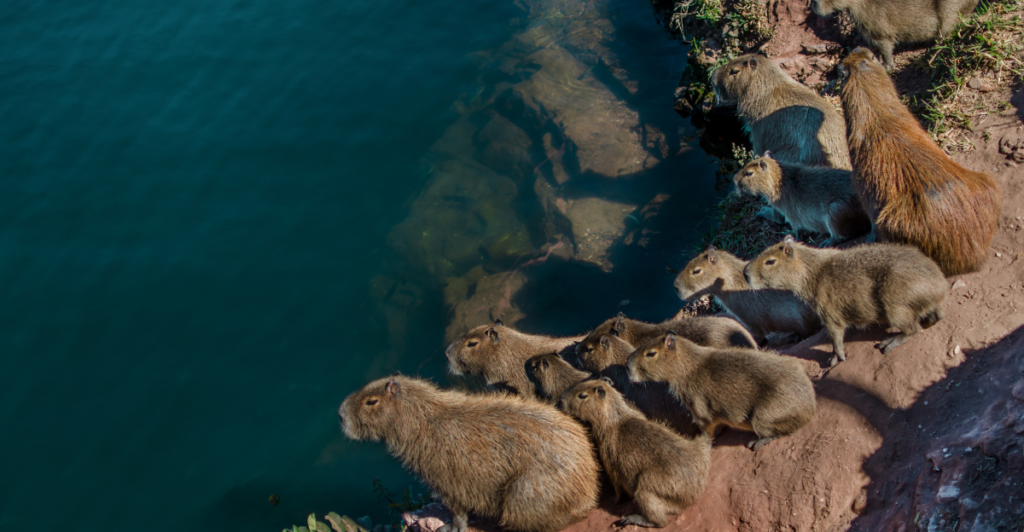
Capybaras thrive in social environments and do not like to be alone. They live in close-knit groups of up to 30 members, where they look out for one another and even help care for each other’s young. These strong social bonds enhance their safety, as having more eyes around increases the chances of spotting potential danger before it arrives.
3. Nature’s Chattiest Rodent

Ever heard a rodent bark? Capybaras are incredibly vocal, using clicks, squeaks, whistles, and even barks to communicate. Whether warning of danger, calling their babies, or announcing it’s time to move, capybaras always have something to say! Baby capybaras are especially talkative, constantly chattering to stay connected with their group.
4. A Vegetarian With a Twist – They Eat Their Own Poop
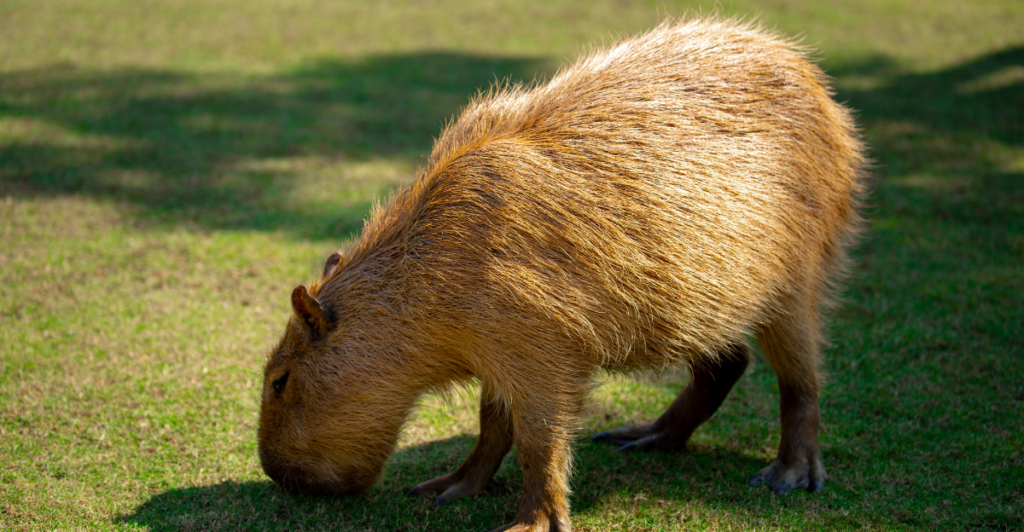
Capybaras munch on grass, fruits, and aquatic plants—but that’s not all. To maximize nutrition, they eat their own poop! This might sound gross, but it helps them break down tough plant fibers, giving their bodies a second chance to absorb nutrients. It’s an efficient (if unappetizing) survival trick!
5. Masters of the Water
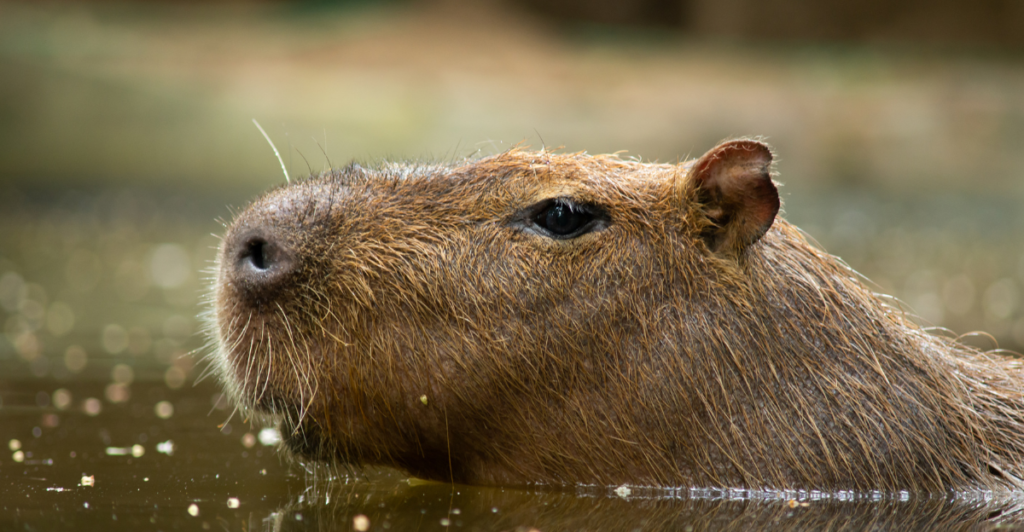
Capybaras are built for aquatic life! With webbed feet and eyes, ears, and nostrils positioned high on their heads, they can stay almost fully submerged while keeping a lookout. When the danger lurks, they dive underwater, holding their breath for up to five minutes to avoid predators like jaguars and caimans.
How capybaras’ bodies stay buoyant in the water
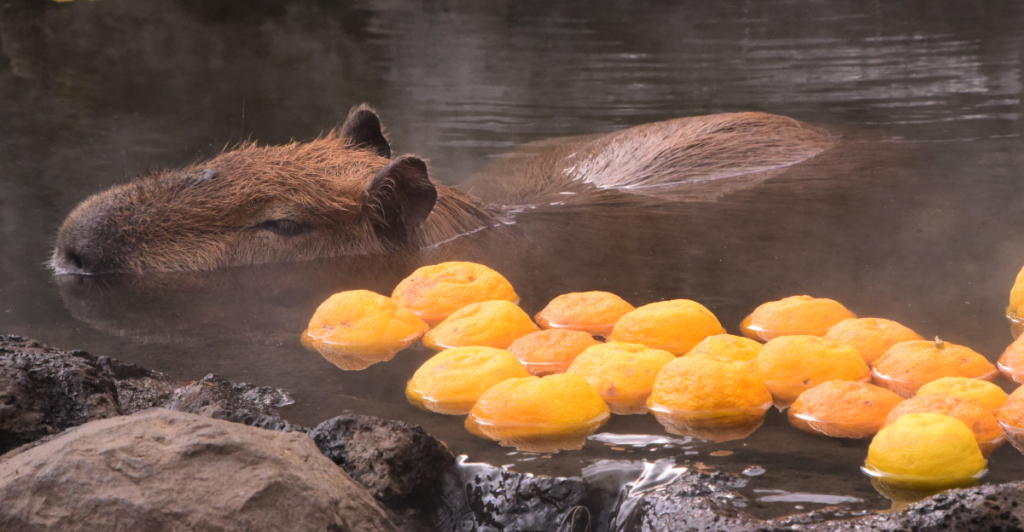
Capybaras are natural swimmers, thanks to their unique body adaptations! Their webbed feet help them glide through water and keep them from sinking in the mud on land. Their eyes, ears, and nostrils sit high on their heads, allowing them to stay mostly submerged while still sensing their surroundings. They can even swim up to 8 km/h (5 mph)!
6. Teeth That Never Stop Growing
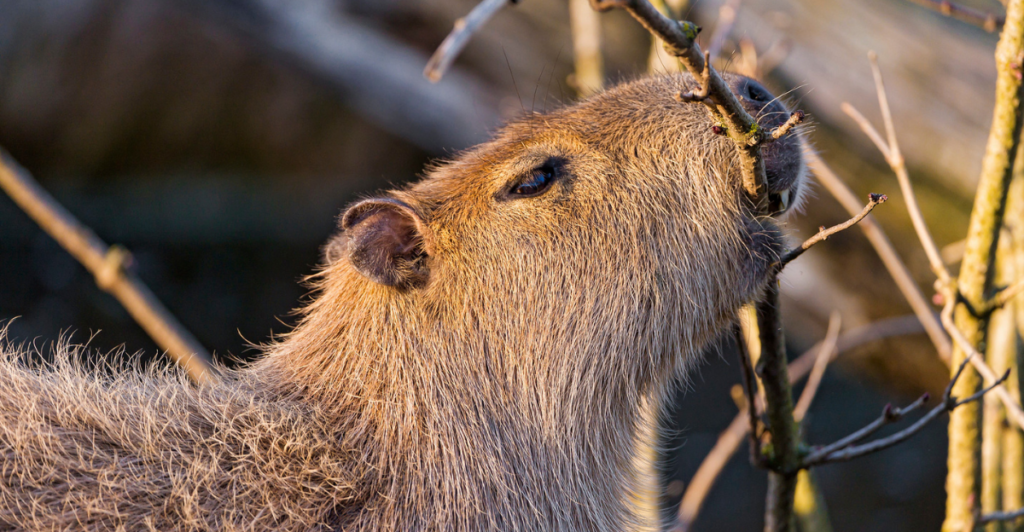
Like all rodents, capybaras have teeth that never stop growing. Their powerful incisors act like natural chisels, slicing through tough grass and bark. To keep them from getting too long, capybaras constantly grind their teeth down by chewing—so they’re always snacking!
7. Nature’s Ottoman
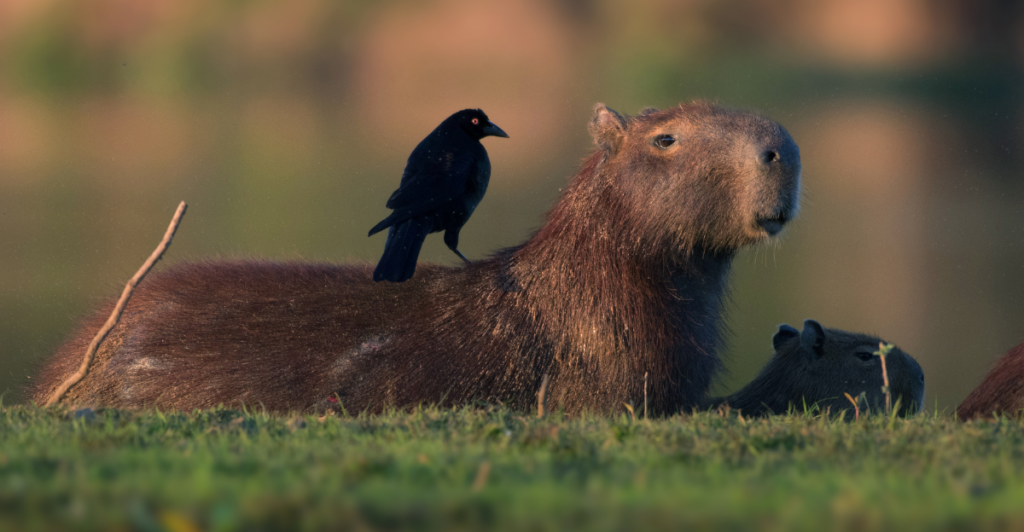
Capybaras are so chill that birds literally sit on them! Small birds, like yellow-headed caracaras and cattle tyrants, perch on capybaras to pick off insects. It’s a win-win—the birds get a snack, and the capybara gets pest control. No wonder they’re called “nature’s ottoman!”
8. Cool, Calm, and Collected
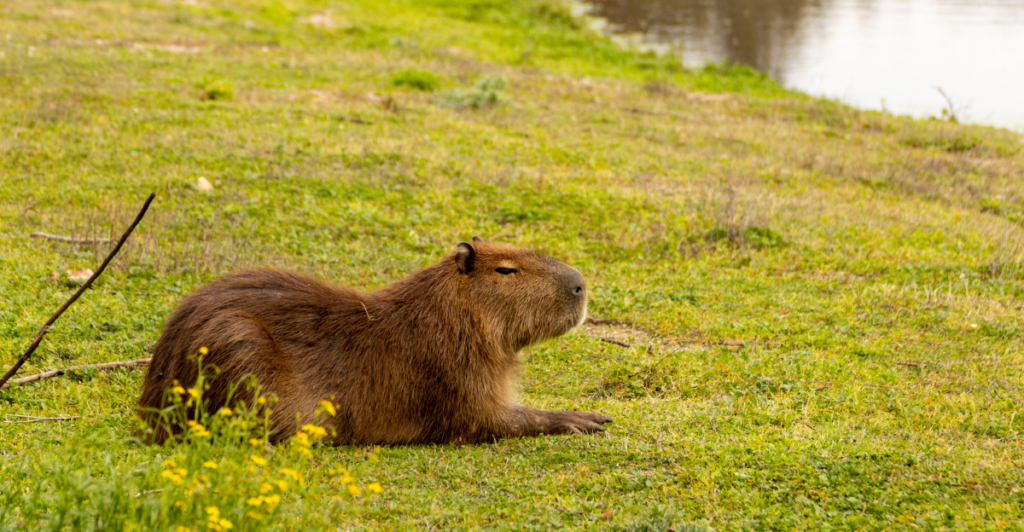
Capybaras are very relaxed animals. They spend hot days in the water, graze calmly at dawn and dusk, and hang out in groups. Their chill nature has made them popular on the internet, but it also helps them stay safe in the wild. When prey panics, they become easier to spot. Capybaras know how to stay calm under pressure.
Discover more of our trending stories and follow us to keep them appearing in your feed

Bobcats Are Making a Comeback—And They Might Be Protecting Us From Disease
Lake Shasta’s Remarkable Comeback From Drought Captured in Stunning Images
There Will Be Eruptions”: Concerns Mount as Yellowstone Supervolcano Activity Shifts
After 800 Years of Silence, This American Volcano Shows Signs of Activity
References:
Reference 1
Reference 2
This article first appeared here
Stay connected with us for more stories like this! Follow us to get the latest updates or hit the Follow button at the top of this article, and let us know what you think by leaving your feedback below. We’d love to hear from you!







